Cardinals are the symbol of winter and they are identified easily because of their unique body, color, shape. In the winter, cardinals are frequently sighted, and their vivid colors against a barren or white background are known to provide holiday happiness. Many backyard bird watchers hope to have these lovely birds to their gardens.
However, perhaps, you’ve arrived here looking for an answer to the question “How much do cardinals weigh?” Well, if you’re curious, a cardinal typically weighs between 42 to 48 grams. These birds may be small, but they are mighty, able to fly long distances and survive in a variety of habitats. So next time you see a cardinal, you can impress your friends with a fun fact about their weight.
In this article we are going to describe what are the behaviors of cardinals, how much different cardinals weigh and weight measurement varies on their gender.
How much does a cardinal weigh?
The weight can vary slightly depending on factors such as the bird’s age, sex, and time of year. The Northern Cardinal is a robust and stocky bird, with a distinctive red plumage, black mask, and a conical beak. They are a common sight in gardens, parks, and woodlands across the eastern and central United States. The most common sound they make is ‘cheer cheer cheer cheer’.
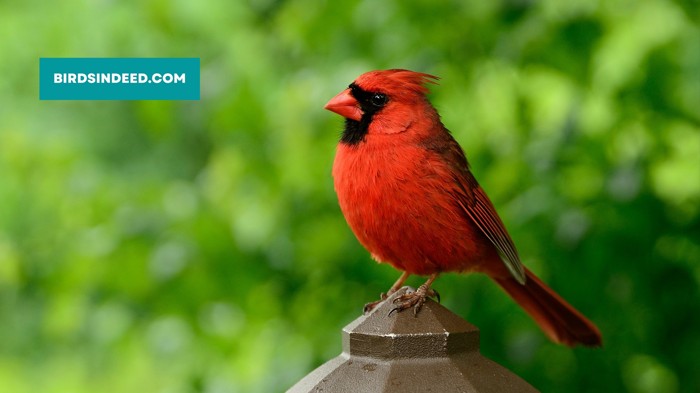
The Average weight of Northern Cardinal male and female are 42 to 48 grams and the Female are 39 to 42 grams
The weight Difference Depending on cardinal types :
| Type of Cardinals | Average Weight in Grams (Male) | Average Weight in Grams (Female) |
|---|---|---|
| Vermillion Cardinal | 22 to 42 | 22 to 42 |
| Desert Cardinal (Pyrrhuloxia) | 22 to 42 | 22 to 42 |
| Red-Crested Cardinal | 30 to 35 | 30 to 35 |
| Northern Cardinal | 42 to 48 | 39 to 42 |
How Cardinal look alike (Baby to Adult)?
Cardinals are the most beautiful Garden birds which are available in America. These birds are easy to identify because of their nature, their uniqueness, style and with its cherry red and cone shaped. These sounding birds wake you up in summer with them and even look beautiful and bright against snowy backyards. Let’s discuss the looks of various cardinals and their different stages.
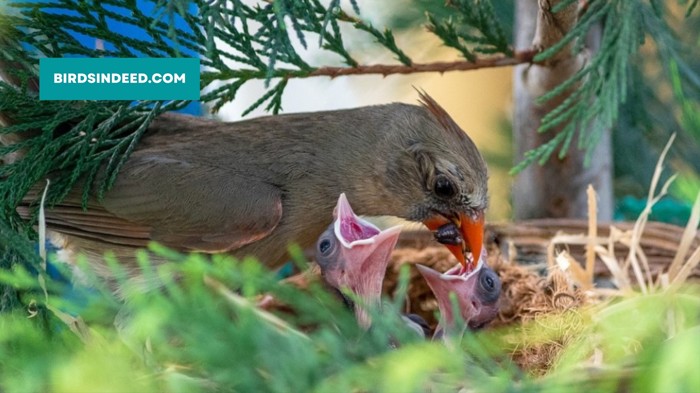
How does the Baby Cardinal look?
You might find it humorous, when baby cardinals hatch, they are referred to as hatchlings. When Baby Cardinals are born they are naked and can’t open their eyes properly like the other baby birds, and they covered with a less feathers. Usually the hatchlings remain without feathers for at least three days. But their growth rate is too good that their size increase between day 1 to day 10. The Birds weigh just 3.5 gram and just a few centimeters long and the rate of their growth is two to three grams weight per 24 hours.
How Does the Juvenile Cardinal look?
Juvenile Cardinals have few feathers on their neck, shaggy undersides and a shade of light brown. They have short tails and rosy shade may appear. The juvenile may change in male or female in 7-10 days and some juveniles leave their nests in weeks. After a week of their birth you can easily recognize them by their crest which have a color of dull brown. It is tough to recognize the juvenile when they are 1- year-old just because they look so mature alike as their adult cardinals and their color also turns into orange over two to four months. But in case of female cardinals it is easy to get identified just because they have red crests when the male have crests mostly light brown and beak with gray brown.
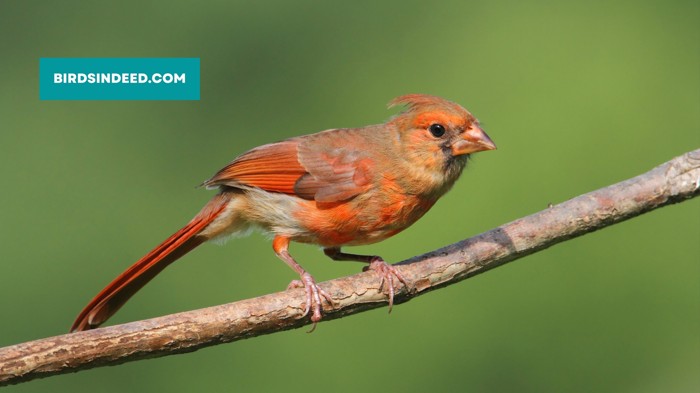
Types of cardinals?
Here we are also going to cover four types of cardinals which can be found in North America. Which are :
- Vermilion Cardinal.
- Desert Cardinal (Pyrrhuloxia).
- Red Crested Cardinal.
- Northern Cardinal.
How can you recognize the vermilion cardinal?
Vermilion Cardinals are the type of cardinals who are known for their beauty and their Intelligence. Vermilion cardinals have the classic crest and their beaks are not even curved, but are thick and have a great creaking beak so they can eat safflower seeds easily. Vermilion can be found in Colombia and Venezuela that’s why they are called Venezuelan Cardinal.
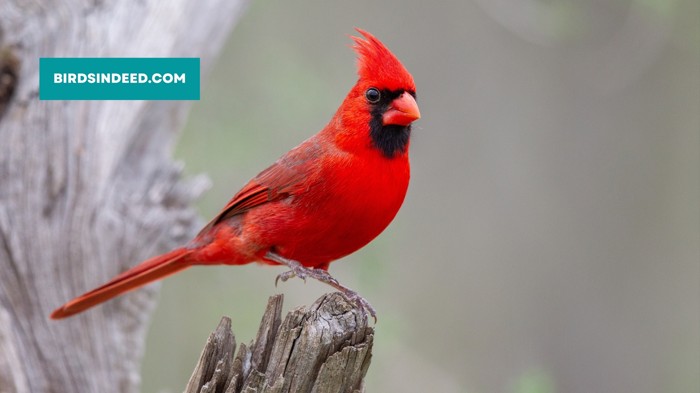
There is a signature mark in male and female vermilion cardinal that the males are completely red while the females have a few red shades and the rest are gray.
The Average weight of Vermilion Cardinal male and female are 22 to 42 grams.
How you can recognize Desert cardinal (pyrrhuloxia)
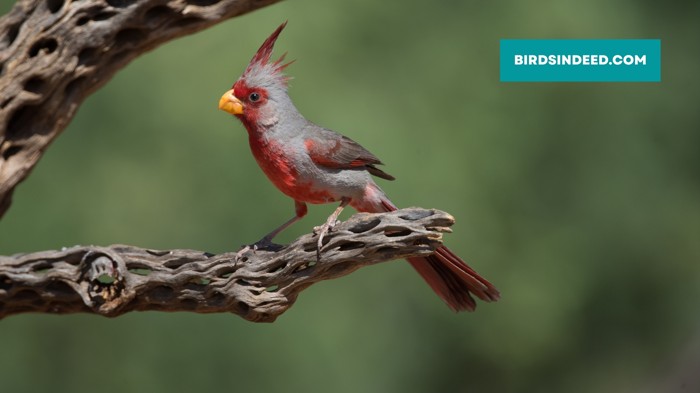
Desert cardinals are as beautiful as Northern cardinals which are holy red and have a thick beak like others. Desert Cardinals wings, crests, bellies and tails are dark red. The main difference between north cardinal and desert cardinals are that desert cardinals beaks are yellow and mostly curved. Females and males are almost the same but the females are comparatively gray.
The average weight of Desert Cardinal male and female are 22 to 42 grams.
how can you recognize the Red crested cardinals
Red Crested cardinals are called Brazilian cardinals but they do not belong to the cardinal family. They have gray wings, redheads and white belly. They are usually seen in the eastern coast of the US. They can also be found in Brazil, Argentina, Uruguay, and some other parts of Latin America
The Average weight of Red Crested Cardinals male and female are 30 to 35 grams.
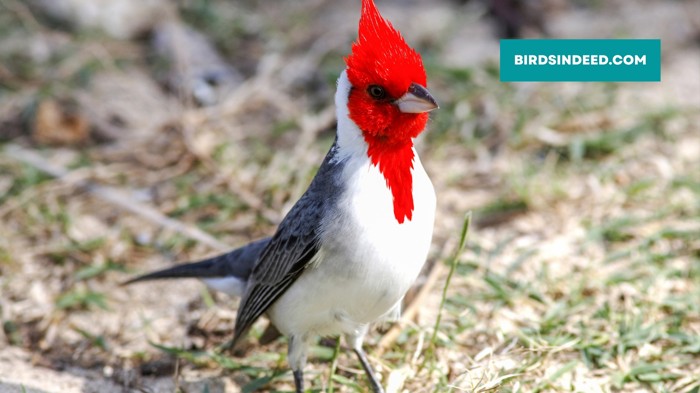
THAT’S ALL, FOLKS!
Finally, we’ve come to the finish line. From this study we know how baby cardinals look like, how much various cardinals weigh and their looks as well as their nature. Here, we can also conclude that northern cardinals are heavier than other cardinals while vermillion and desert cardinals are almost the same.
Kazi Rifat is the Editor & Author at Birds Indeed, a blog dedicated to all things avian. With a passion for birds and a background in Computer Science, Kazi brings a unique perspective to the world of bird watching and conservation. Follow along on his feathery adventures and learn something new every day.







